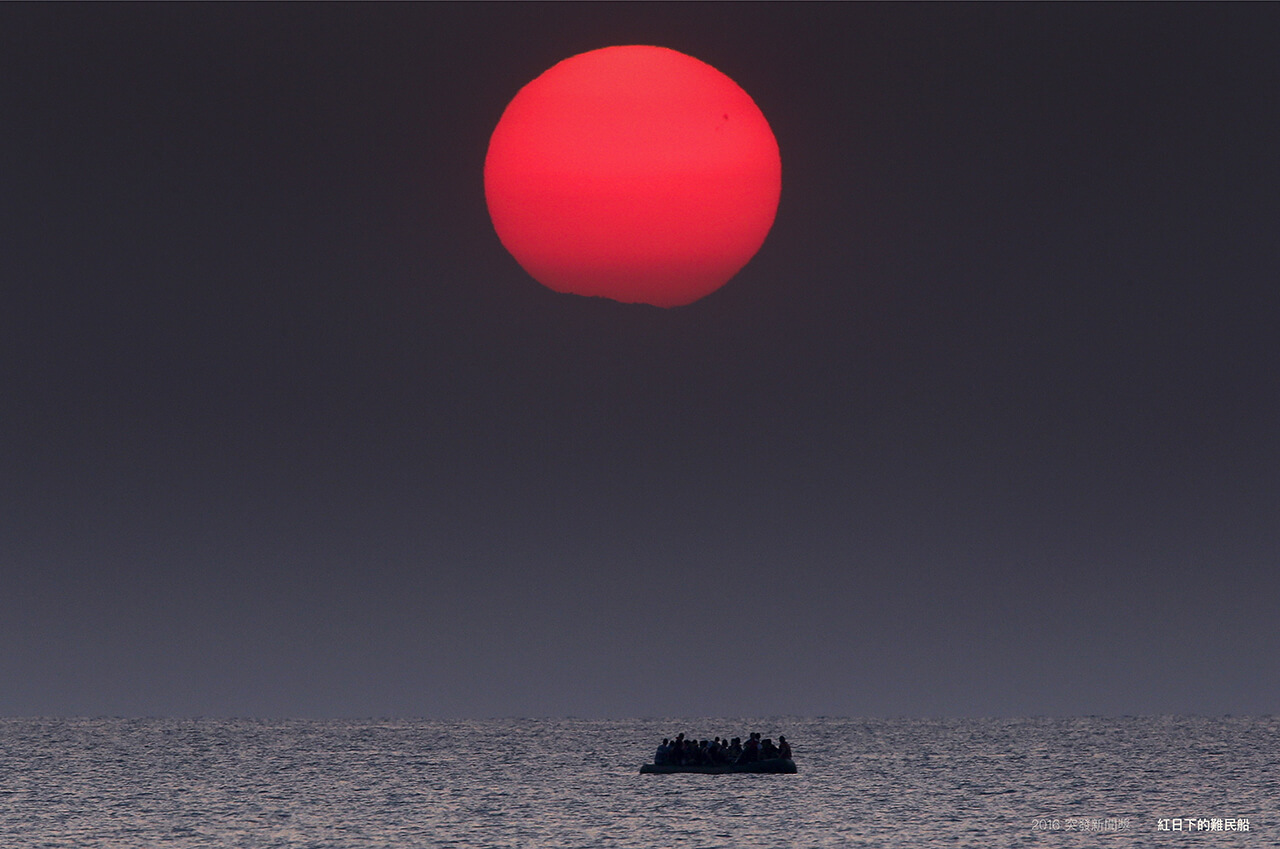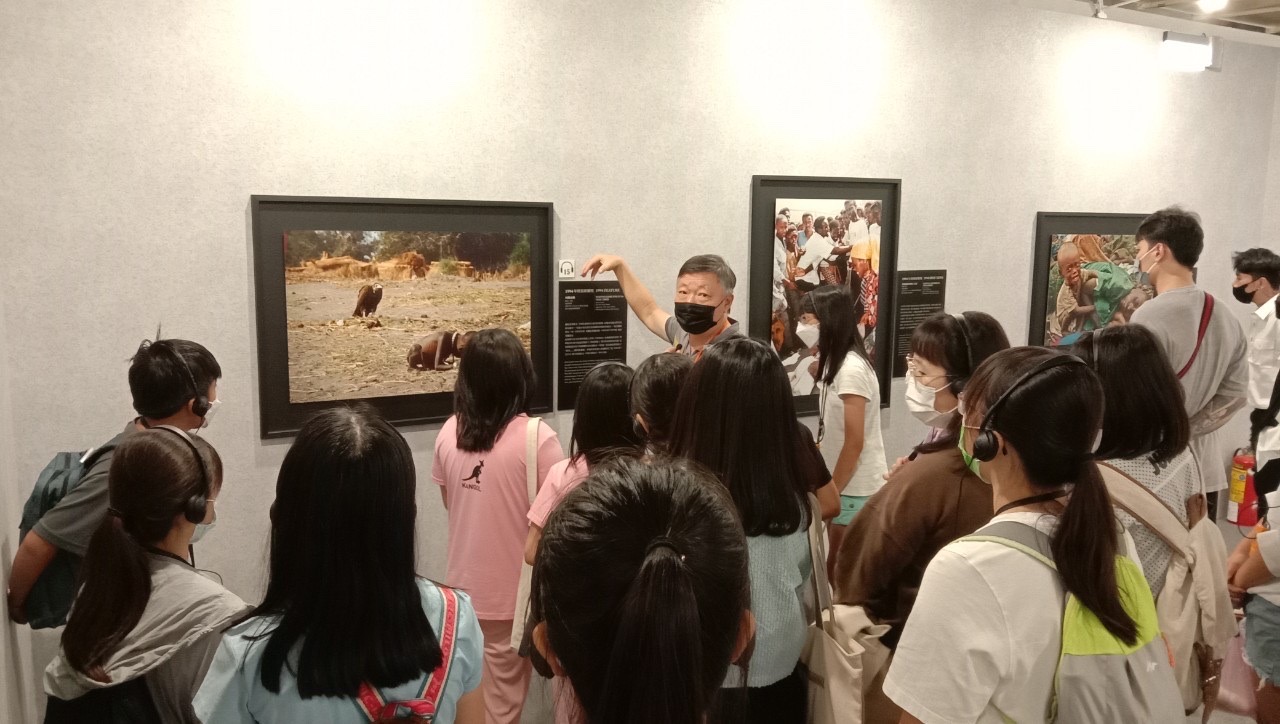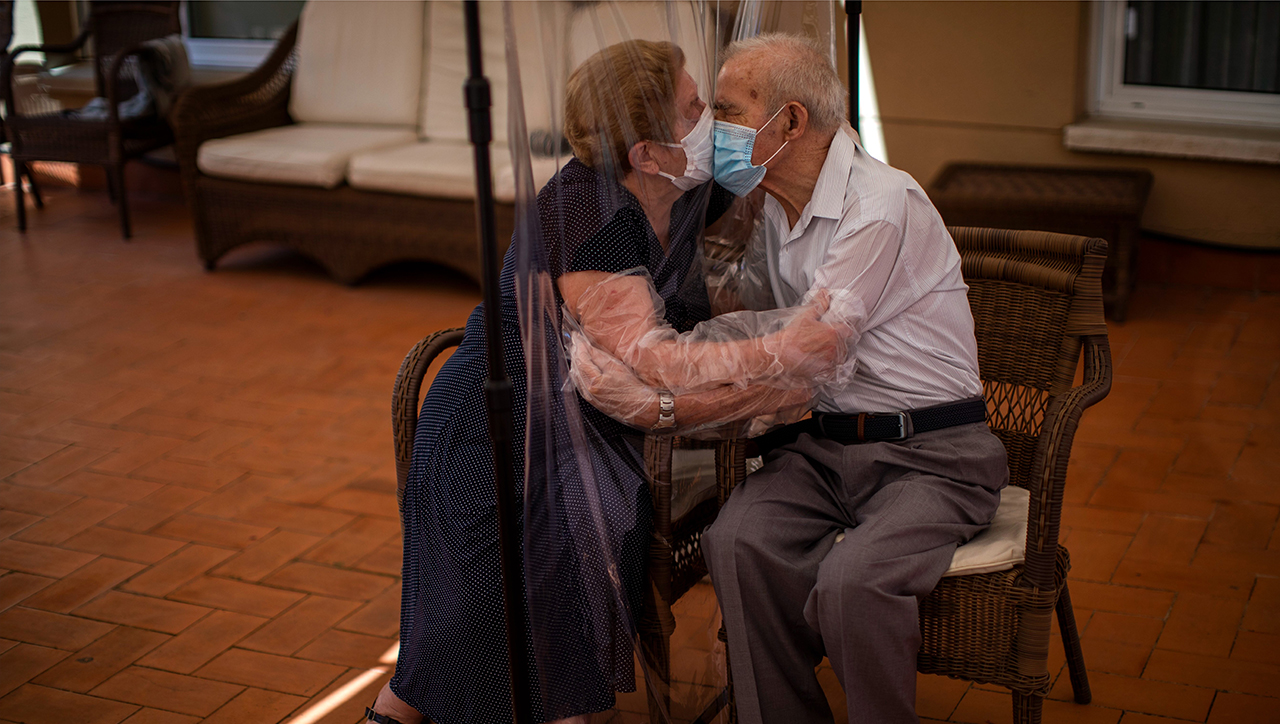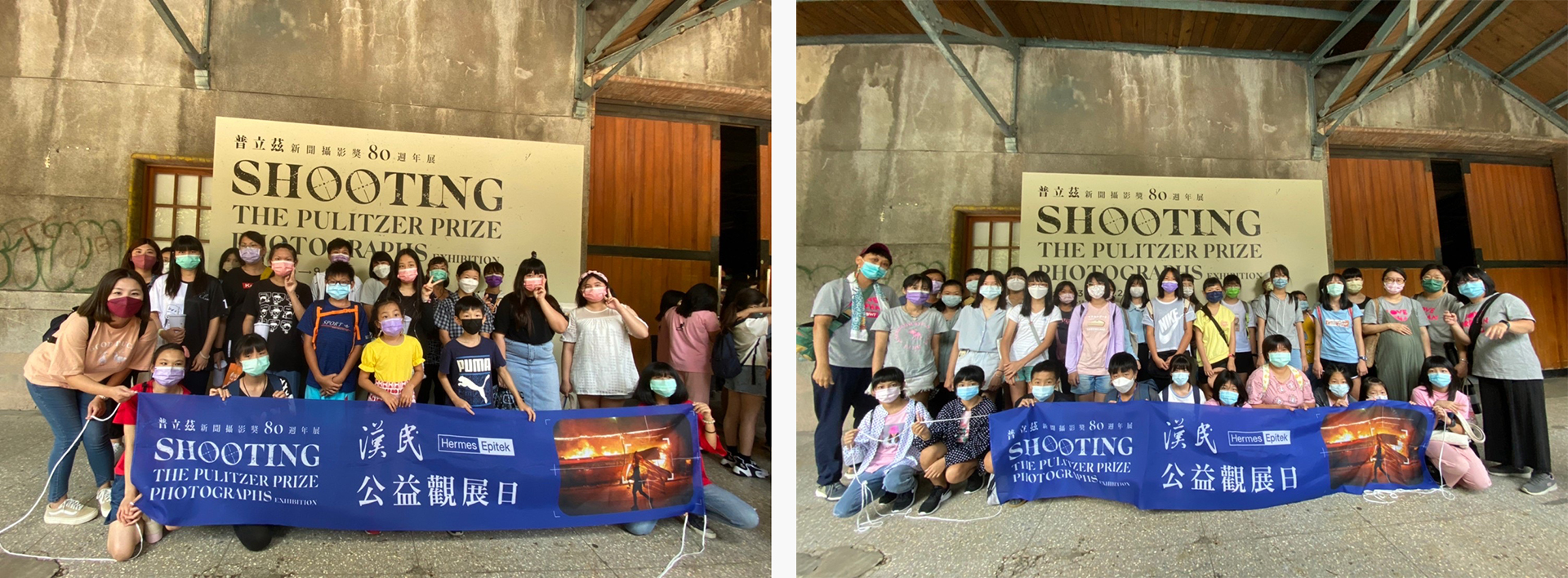Scorching heat was boiling the air. Yet, it did not at all spoil the fun for the children of Yilan and Hsinchu who had been invited to Taipei to see the Pulitzer Prize Photographs Exhibition. This August, nearly 180 children and social workers hopped on tour buses bound for Taipei’s Huashan. To them, Pulitzer was a strange and unfamiliar name. Still, the idea of being able to tour Taipei was enough to kindle a passion for the urban landscape.
The invited organizations are “Tzih Huai Social Welfare Foundation” and the “Orphan Welfare Foundation” from Yilan, as well as the “H Foundation” and the “Orphan Welfare Foundation” from Hsinchu. The bus ride to Huashan, Taipei took about 70 minutes. Even though they did not gather and depart until 8 o’clock in the morning, many children got up a little past 5 o’clock and some left by 6 o’clock, partly due to excitement and high expectations and partly due to inconvenient access to the rendezvous point. They were all worked up for the “Shooting: The Pulitzer Prize Photographs Exhibition” that they had heard about from the social workers.
The Pulitzer exhibition recorded the world through the eyes of photojournalists, from wars, famines, refugee migrations, and racial conflicts, to beautiful and touching moments in our lives, as well as unspeakable love. These issues have an immenseness and gravity. But for these children, what they saw was another world, so far away, a history they were simply too young to witness in person. However, scorched eyes and bubbly smiles in the pictures were both telling unspeakable stories to them.
A boy in his teens saw a photo in which a member of The Republic of Vietnam National Police shot and killed a colonel and his six children (editor’s note: Saigon Execution), and lamented the cruelty of mankind. Another child had a new realization about war. He said, “People living during war were so pitiful. They had no food to eat in wartime. Foodstuffs provided by the Americans to African countries were stolen by government officials. As a result, many civilians starved to death (editor’s note: Ethiopian Famine).”
“What impressed me the most was Refugees Under the Sun. A fiery-red sun in the upper half of the picture looks bright and full of hope. But the tiny refugee boat below it is packed shoulder-to-shoulder with refugees who have no idea what the future holds. Their utter desperation is set in stark contrast,” said a female student in her sophomore year of senior high school. Also, three children all said that the most shocking photograph was the one in which a little African girl, who was on the verge of starvation, was squatting on the ground, while a vulture stalked behind, ready to prey on her (editor’s note: “The Vulture and the Little Girl”).


“A little boy is missing by the sea; his parents could not find him. So we cannot run around confused (editor’s note: “Tragedy by the Sea”),” said a 7-year-old boy in a slow voice. Another boy said: “A man assaults a black man with a US flag. He is being racial discriminatory. We cannot ostracize people because of skin color (editor’s note: “The Soiling of Old Glory”)” Furthermore, the area devoted to photographs associated with the Covid-19 pandemic was the part the children could really relate to. This lingering global pandemic continues to chip away at humanity, day and night. “The scene of an old lady embracing an old man through a drape (editor’s note: A Hug and a Kiss) looks very sad,”

The looks on these young and tender faces ranged from occasional confusion and fatigue to occasional surprise. However, how can we adults create a peaceful and free environment for the children of the next generation?
We jumped into the river of time. At the Pulitzer exhibition, we saw the past and pondered life, as we floated, dipped, and were carried down the grand river of life and history.
Going forward, even if the geo-political situation becomes ever so unpredictable, the rivalry between superpowers grows ever more intense, and dark and gloomy valleys loom ahead, love and charity will always prevail as universal values. At the Pulitzer Prize Photographs Exhibition, we saw the candle for peace light up in the heart of each and every child.

